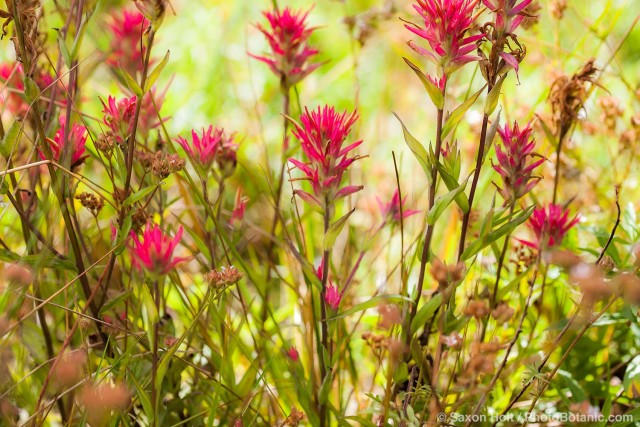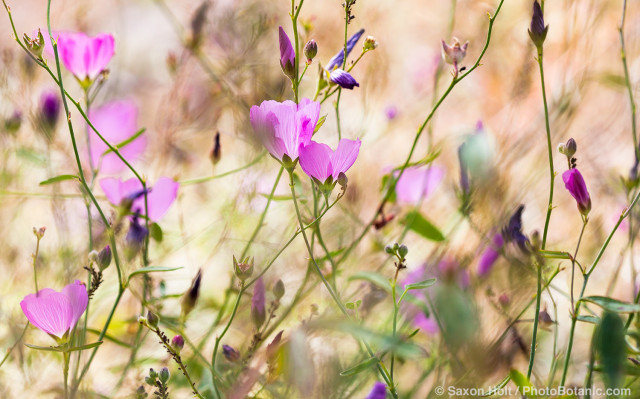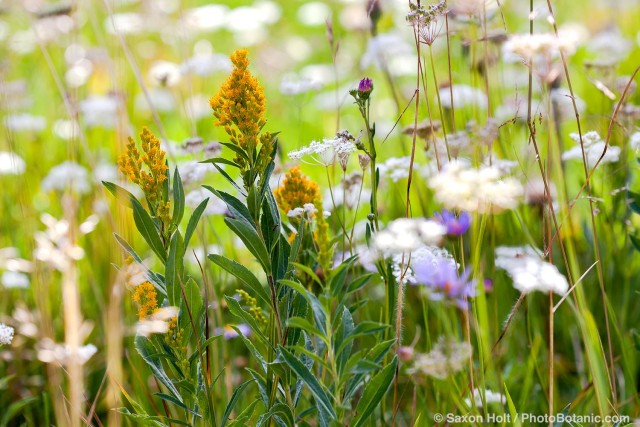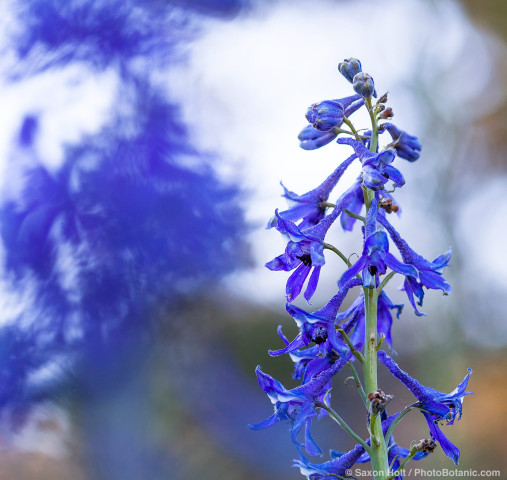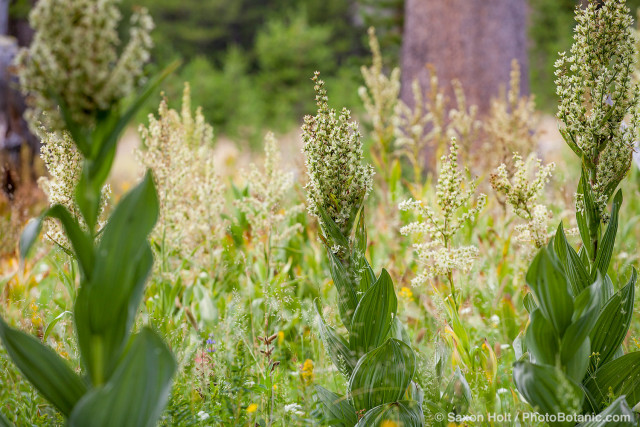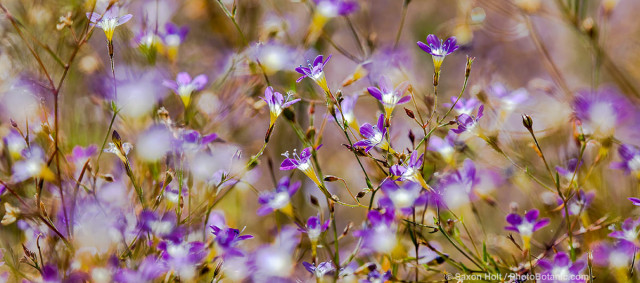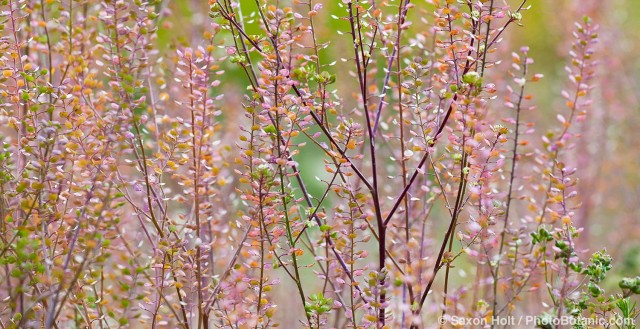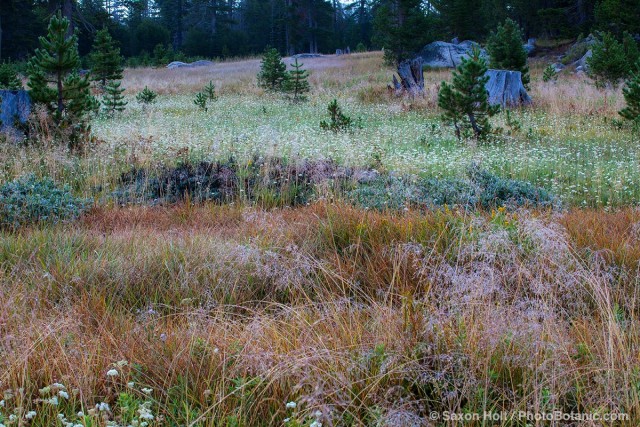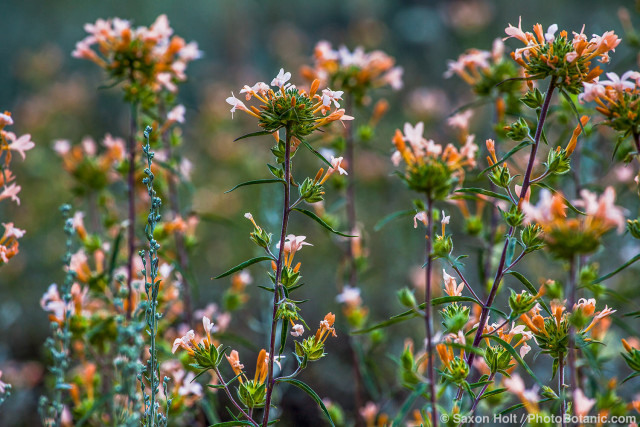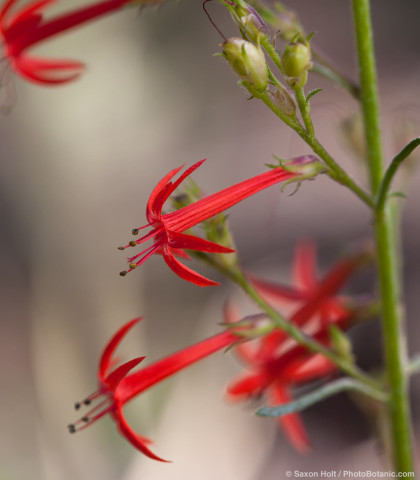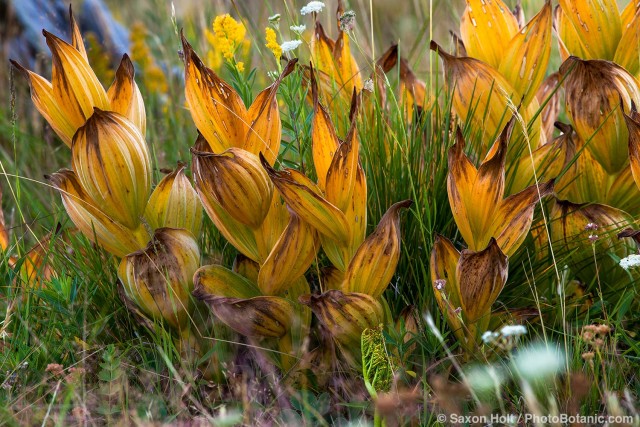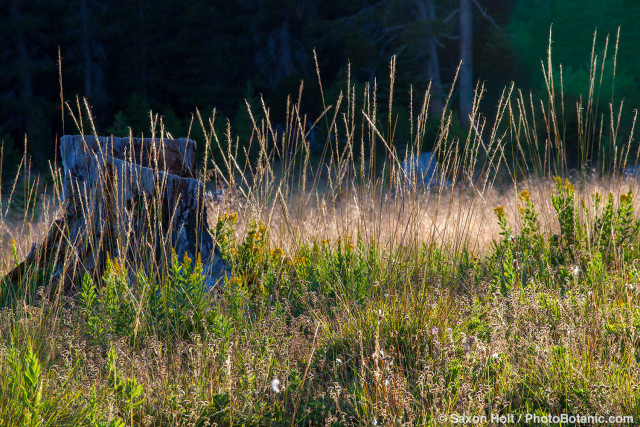For most of the eight years I have been contributing to Gardening Gone Wild I have wanted to simply show wildflower photos. I have been enthralled by California wildflowers for more years than I have been a garden photographer. Indeed, my portfolio of wildflowers got me my first job as a garden photographer in 1984. Thank you Barbara Ferguson Stremple for your encouragement.
At the time, just beginning to understand the fine art of gardening, I made little connection between native plants and gardening. That first job was a book about Rhododendrons and Camellias. What did I know ? Native plants were, well – wild.
My wildflower excursions had nothing to do with gardening, organic gardening was a fringe term used by the Rodale Institute, and sustainability was irrelevant in a time when very few considered limits to our natural resources.
How we have come around. Gardening with nature rather than conquering it is now honored. Yes, there are still manicured lawns, topiaries, formal gardens, and hybrid tea roses (thank goodness), but naturalism and native plant gardening are becoming more and more popular. With good reason – it’s a beautiful look, an aesthetic that says I care about my own climate.
When Fran Sorin and Nancy Ondra started Gardening Gone Wild I don’t think it was for wildflowers, “wild” being a term for exuberance not plants, but I always wanted to push GGW in the direction of celebrating wild gardens. I have used Gardening Gone Wild to promote garden photography, to help gardeners to take better pictures, even write my PhotoBotanic workshop e-books, but during this entire time I have been aching to show native plant gardens and wildflowers.
These wildflowers were all taken during a recent trip to the Sierra Mountains in search of meadows and native grasses. I may be a garden photographer, but I am a gardener first and photographer second. As a gardener I want plants I can sustain, and I want beauty.
In photographing The American Meadow Garden I realized the importance of modeling our garden meadows after nature and the native plants of whatever region we garden. I went around the country to photograph Rocky Mountain meadows, glades in the midwest, “balds” atop the Blue Ridge Mountains, abandoned farm fields in New England, prairies and savannah grasslands, but not to the Sierra Nevada mountains of California.
I assumed I knew what I would find there, that I had enough photos in my library, and that I did not need to go take pictures. About those assumptions? Yes, yes, and no.
The recent trip did validate what I expected to find: yes, Sierra meadows are full of lovely grasses and flowers in late summer. And yes that book needed nothing I had not already seen, but oh lordy how I needed to go to the mountains to take pictures. It is a need deep within me, to be with the plants, to get down on my belly and view them straight on.
The romance of a meadow has much to do with the fecundity of the earth, moisture implicit by lushness. We are expected to roll around in the grass surrounded by nature’s wild gifts, the flowers.
This is what I did for three days, rejuvenated by nature’s gardens, guiltlessly celebrating these plants that needed no supplemental water, no weeding, no fertilizer, no nursery.
We may be in a long term drought in California but that does not mean the native landscape is gone. In the mountains, at the headwaters of the rivers, high up there still are creeks, and the springs that feed them begin in meadows. I knew this must be true, I am so, so very happy to report to you: I found them.
Oh, Did I say I found grasses too ? Photos for another post begin with this:

